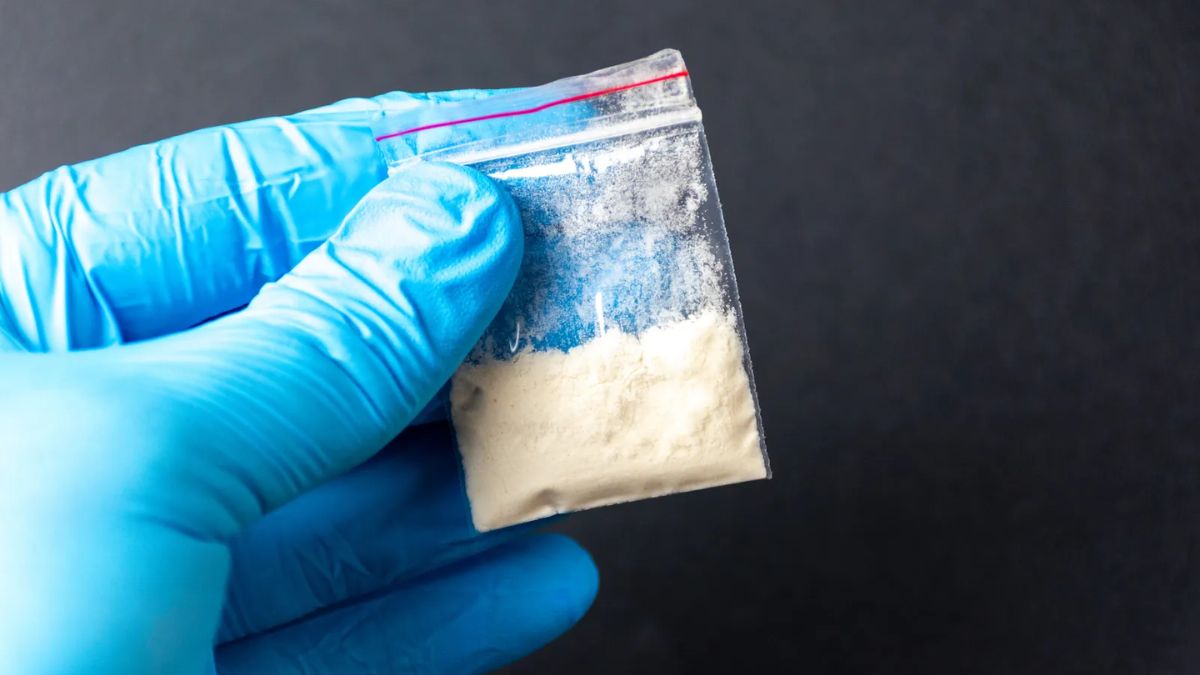Brandon Blackstock, Kelly Clarkson’s ex-husband and a well-known talent manager, has died at age 48 after a private three-year battle with melanoma. His management company, Starstruck, announced on August 7 that he passed away peacefully, surrounded by family.
Melanoma is the most dangerous type of skin cancer. Often called the “black tumor,” it kills about 8,000 Americans each year.
Why melanoma is so dangerous
Unlike many other skin cancers that usually stay on the skin, melanoma can quickly spread to other parts of the body through the blood and lymph system. Doctors say the risk of it spreading depends on the size and stage of the tumor, the patient’s age, and their overall health.
What melanoma can look like
Melanoma may appear as a new mole or a change in an existing mole. Warning signs include:
- Asymmetry – one half looks different from the other
- Border irregularity – uneven or jagged edges
- Color changes – multiple shades of brown, black, red, pink, or white
- Diameter – larger than 6 mm (about the size of a pencil eraser)
- Evolution – any change in size, shape, or color
Doctors warn that only a professional can confirm if a spot is cancer, since not all dangerous melanomas look unusual.
Who is at risk
Melanoma can affect anyone, but the risk is higher for people with lighter skin, red or blond hair, blue or green eyes, or skin that burns easily. It’s also more common in older adults, men, and people with many moles or a history of sunburns. Spending a lot of time in the sun or using tanning beds increases the risk.
How to protect yourself
Experts recommend:
- Wearing sunscreen with SPF 30 or higher every day
- Avoiding sun exposure between 10 a.m. and 4 p.m.
- Wearing hats and protective clothing
- Avoiding tanning beds entirely
- Getting yearly skin checks and doing self-exams
Survival rates
If caught early, melanoma can often be cured with surgery. In its earliest stage, the 5-year survival rate is about 99%. If it spreads to distant organs, that rate drops to about 35%.














